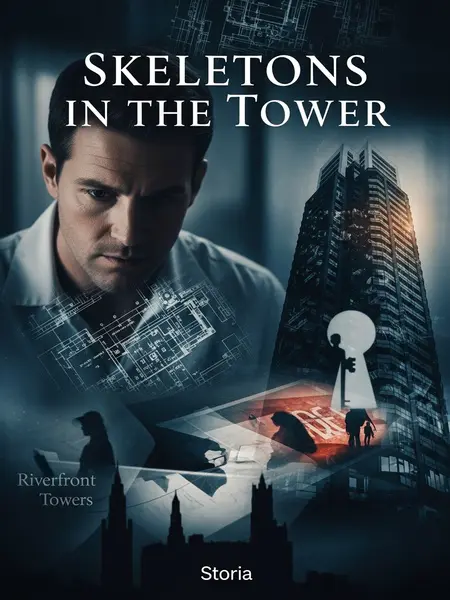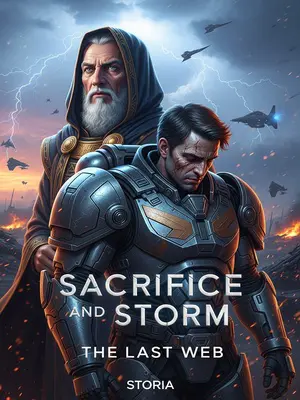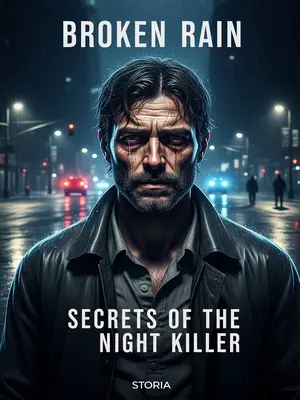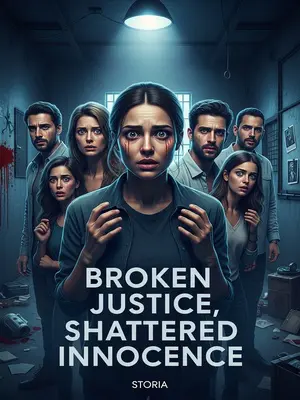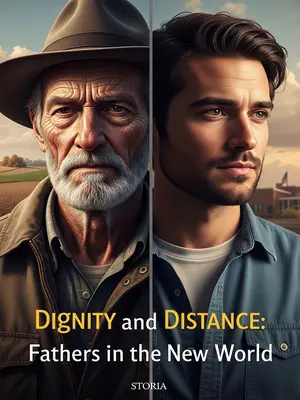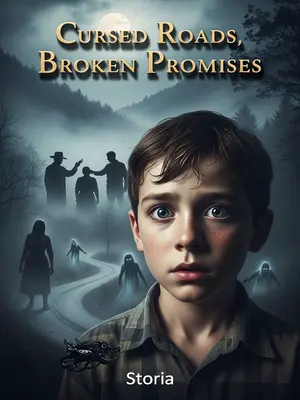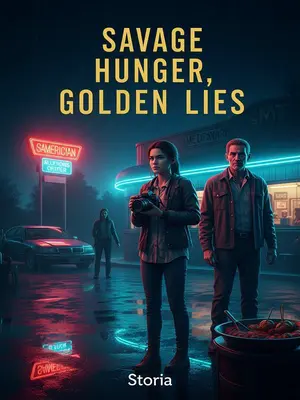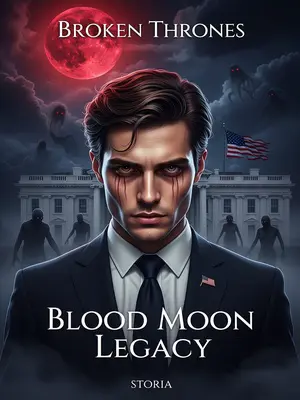Chapter 4: The Body Switch
Cole glared, jaw set, but said nothing more. The tension between them was thick enough to cut.
Thompson got what he wanted. I stepped in, sliding the consent forms across the table. Both brothers signed—Grant’s hand steady, Cole’s signature shaky and rushed.
Autopsies aren’t quick—usually a full day, sometimes longer. But Thompson was hovering in the hall, urging me to move fast. He kept Grant close, probably to keep an eye on him. I scrubbed in and got to work on Charles Whitaker’s body, the fluorescent lights buzzing overhead, the stainless steel table cold under my gloved hands.
From the trauma pattern, his blood was still circulating when he fell—he wasn’t dead before the jump. No signs of internal bleeding, just massive blunt force injuries. The head and shoulders showed classic impact from a face-first fall, matching the story of a suicide leap.
But the real question was the hallucinogen. With Grant’s approval, I drew more blood and sent it straight to the lab. The results came back in two hours: Meperidine hydrochloride—Demerol. Not a street drug, but a heavy-duty painkiller, the kind you only get in a hospital, usually for cancer or major surgery.
Thompson had already shared Whitaker’s medical history—no cancer, no recent surgeries. But as I double-checked the hospital’s electronic records, HIPAA be damned, I spotted something wild. A prescription for Demerol, but no record of it being dispensed to Charles. Something was off.
I rushed back to the office, the file still warm from the printer. Thompson and Grant were waiting, the air thick with anticipation. I laid out the findings: no evidence of recreational drug use, just meperidine—most likely injected or taken as tablets.
As Thompson mulled it over and Grant visibly relaxed, I asked, “Who handled the scene? Who confirmed the body was Charles?”
Grant blinked, caught off guard. Thompson answered, “Charles posted a photo on Facebook—his face, the building, the same clothes. Then he jumped. We got the call…”
I dropped the file onto the table, the paper sliding across with a soft rustle. “And the family rushed to cremate him, right? But here’s the thing—everyone got played. This isn’t Charles Whitaker’s body.”
The Whitaker brothers stared at me, faces draining of color, Cole’s hand frozen on the table, Grant’s mouth hanging open. The shock in the room was palpable, the silence stretching out until it felt like the air itself might shatter.
Both Thompson and Grant went pale as ghosts. The case had been closed way too fast. Even the cops seemed eager to move on. I rubbed my temples, reaching for the bottle of aspirin in my desk drawer. This was supposed to be a textbook case, but now it was spinning out of control.
The body labeled Charles Whitaker was now a John Doe. Thompson had a new puzzle: Where was Charles? If this was a staged suicide, the real Whitaker was probably alive and well. The key was the body—who was he, and how did he end up here?
I worked with the police to run DNA through CODIS, the national database. Now that the case was reopened, Thompson could bring in a full team. He started canvassing Whitaker’s circle, chasing down every possible lead, and checked with local hospitals—meperidine is a Schedule II drug, tracked to the pill. That’s how we do it here.
That paid off: a nearby hospital reported missing meperidine tablets a week before. Thompson called me, multitasking as always—phone wedged under his chin, scribbling notes.
“Other than pain relief, what’s this drug for?”
“It’s mostly for severe pain, like cancer. Sometimes it turns up in illicit labs, but that’s rare.”
“The John Doe had meperidine in his system, right?”
“Yeah. Not street stuff—just pure pain relief. Earl, you might want to think broader.”
“What do you mean?”
I said, “If he had surgery or cancer, the pain would show somewhere specific. I found no surgical scars or tumors, but if there was something, where would it be?”
“The head. But the skull was smashed.”
“Exactly. Look for brain cancer. Check for missing patients around that age.”
Thompson hung up, always in a rush. I let out a long sigh, staring at the John Doe on my table. The smell of formalin filled the room, mixing with the sterile chill of the morgue.
I performed a full autopsy on the John Doe, filling out the paperwork as the clock ticked past midnight. Autopsies take hours, and this one felt even longer.
Thompson moved fast. Within a day, he found a match: Leonard Price, 55, retired farmer, late-stage brain cancer, missing for days. His son, Michael Price, came in for a paternity test, his hands shaking as he signed the consent. It was a match—father and son.
So, the dead man was Leonard Price, not Charles Whitaker. Leonard was terminal, no hope left. No wonder he’d agree to jump from a rooftop if someone offered him a deal. But Michael insisted he knew nothing—he’d reported his dad missing the moment he vanished. Thompson checked the timeline, combed through cell phone records—Michael’s story held up. No leads there.
Thompson’s partner took Michael for a formal statement. We compared notes. It was clear: someone had convinced a terminal patient to impersonate Charles Whitaker’s suicide. That would let Whitaker vanish, the company and insurance money pass to the sons, and the real Charles slip away.
But if the sons were behind it, why did Grant agree to the autopsy? Cole fought it, but not enough to stop it. Maybe Cole was the one to watch.
With suspicion but no evidence, Thompson dug deeper. I pulled up Leonard Price’s electronic health records—he was broke, the hospital had tried to help, but the bills kept piling up. The motive was obvious: money. In America, end-of-life care can bankrupt a family. If you’re dying anyway and someone offers you a lifeline for your family, maybe you take it. I couldn’t say I’d blame him.
